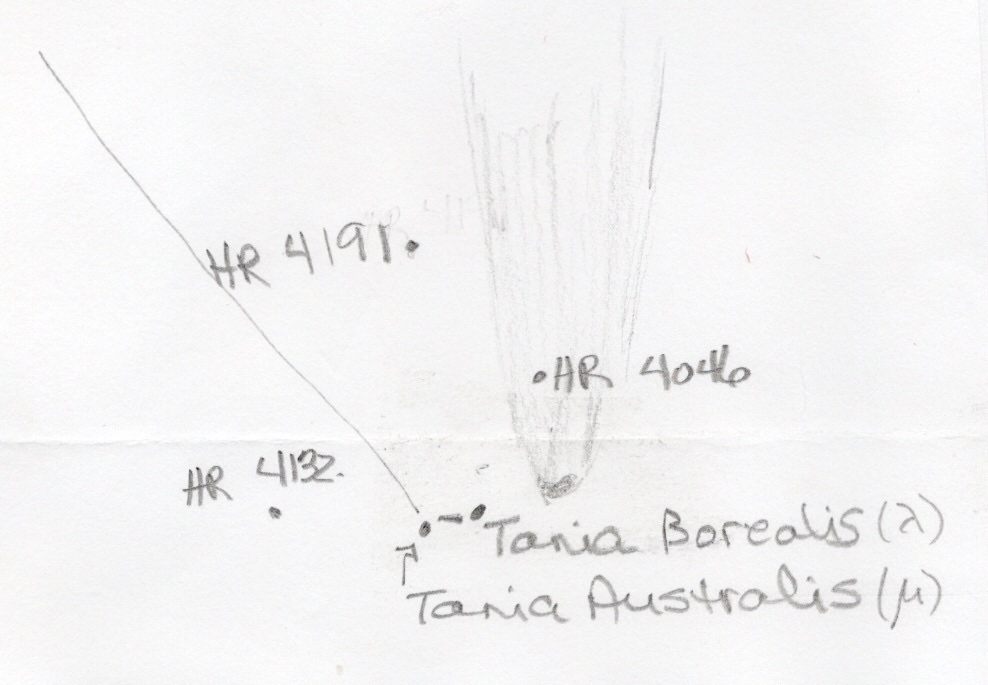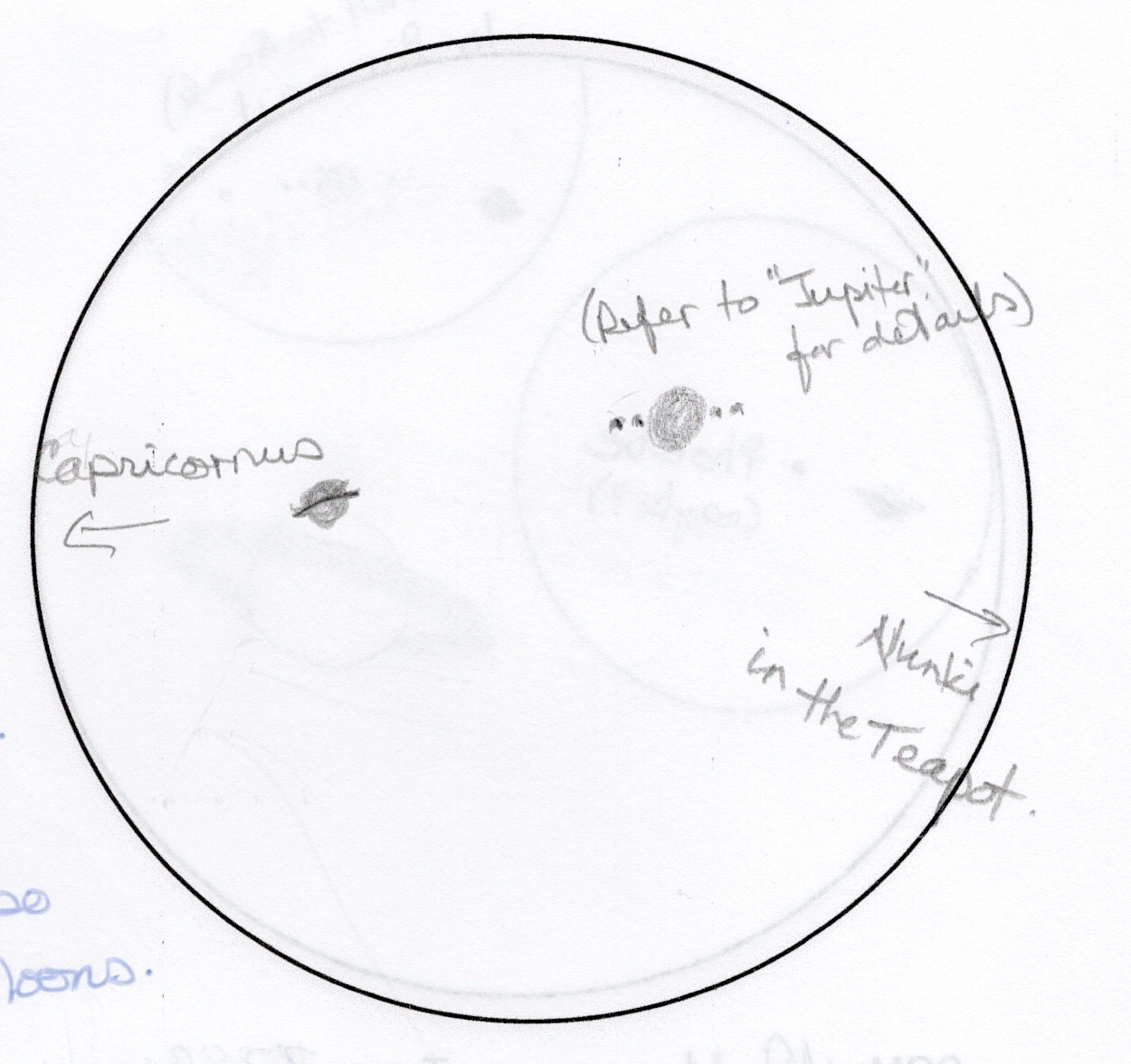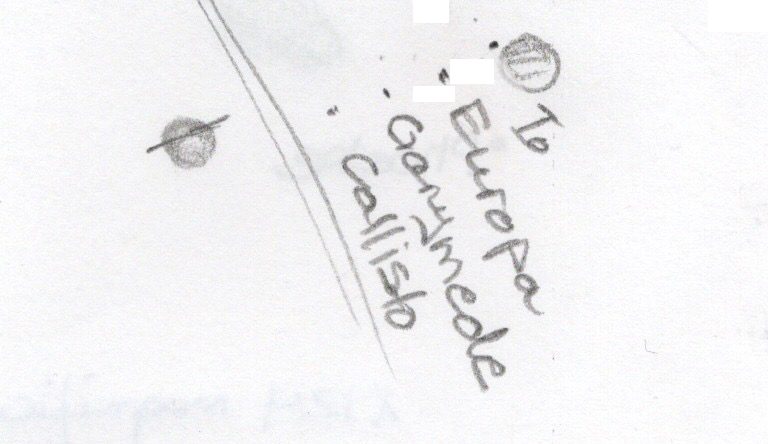Comet: Comet C/2020 F3 (NEOWISE)
Stars: Tania Australis, Tania Borealis
HR Stars: 4046, 4132, 4191
Constellation: Delphinus, Ursa Major
Planets: Jupiter, Saturn
Satellite: ISS
Identified, not Observed & Not entered into Logbook or database:
Aquila, Cygnus, Ursa Major, Ursa Minor, Sagittarius Star Cloud
Location: Site 15, Thomas Raddall Provincial Park
Date: 2020-07-21/23
Time:
July 21: 10:08 PM - 11:10 PM
July 22: 9:56 PM - 10:35 PM
Equipment: Visual, Binoculars 10x42 IS
Seeing: not recorded
Transparency: not recorded
SQM: not recorded
Temperature: 16° C - 20° C
We had made arrangements with our daughters to camp together at a provincial park, especially when COVID-19 shut down the national park. Kathy and family arrived Monday. We arrived Tuesday. Cheryl and family arrived Wednesday. We all left the morning of Friday, July 24.
July 21: (with the Perrier family)
No wind and the mosquitos were plentiful! Numerous fireflies were flitting and lighting the edge of the roadway. At 10:10 PM, Jerry, William, Kathy and I went out to the road at their campsite to determine if NEOWISE was visible. It was! William was so excited, he ran back to get Graham. It was the first comet for them all. We told William he would have to live a long time to see this comet again. When we told him ~ 6,800 years, he doubted if he would live that long. Smart child!
NEOWISE had again shifted further NW towards the hind leg of the Bear. The nucleus was in line with Tania Australis and Tania Borealis. It wasn't as bright as the previous two evening observations nor did it appear as long; however, it was still visible naked eye. What was really cool was the star HR 4046 that could be seen through the debris tail.
 July 21: Comet C/2020 F3 (NEOWISE)
July 21: Comet C/2020 F3 (NEOWISE)
At 10: 15 PM, Saturn was easily located naked eye but we used binoculars to determine the "slant" of the rings (or hoops as William referred to them). Could also see Jupiter and its 4 Galilean moons (Callisto & Ganymede on the left and Io and Europa on the right). William was excited to see the two planets. Saturn was smaller and seemingly less bright than Jupiter.
Magnitudes of brightness:
Saturn 0.1
Jupiter -2.7
 Jupiter with its Galilean Moons & Saturn
Jupiter with its Galilean Moons & Saturn
July 22: (with Perrier & McIver families)
Comet was fainter with a tail that appeared shorter. Because of clouds and incoming fog, the star field could not be easily seen and therefore the exact location was unknown.
At 10 PM, we noticed Saturn and Jupiter once more; they lay on the same plane as the night before. Couldn't see Jupiter's rings but could make out Jupiter's moons. Io was very close to Jupiter and almost appeared as a bulge at times versus a separate entity. Showed this to Cheryl, Kathy, Graham, Lucy and William. Note that the lines between the two planets in the sketch just indicates there is a much greater space between them than indicated.

Satellite
Time: 10: 25 PM
The ISS crossed the sky but did not make note of its path.
Meteors
Time: 10: 30 PM
While looking at the night sky, there were 2 meteors that crossed our viewing filed. Dis not make note of where they crossed.
Delphinus
Time: 10: 40 PM
After pointing out the comet, I showed this constellation to Kathy. All 5 stars of the constellation easily located.